
Top 15 famous dance forms of Odisha you must check out eBhubaneswar
Odissi (Odia: ଓଡ଼ିଶୀ), also referred to as Orissi in old literature, is a major ancient Indian classical dance that originated in the temples of Odisha - an eastern coastal state of India. Odissi, in its history, was performed predominantly by women, and expressed religious stories and spiritual ideas, particularly of Vaishnavism through songs written and composed according to.

Konark Dance Festival of Odisha in India The Cultural Heritage of India
1. Odissi Dance: The Gem of Odisha Origins: Odissi is one of the oldest classical dance forms of India and traces its origins back to the temples of Odisha. Graceful Movements: Characterized by its graceful and fluid movements, Odissi dance is known for its intricate footwork, expressive gestures, and enchanting postures.

Top 15 famous dance forms of Odisha you must check out eBhubaneswar
Chhau Chhau is a martial dance form that originated in the tribal regions of Odisha. It vividly portrays local legends and myths through dynamic movements, masked characters, and vigorous footwork. Chhau has three distinct styles: Seraikella, Mayurbhanj, and Purulia. Each style has its own unique features and costumes. Chhau Sambalpuri
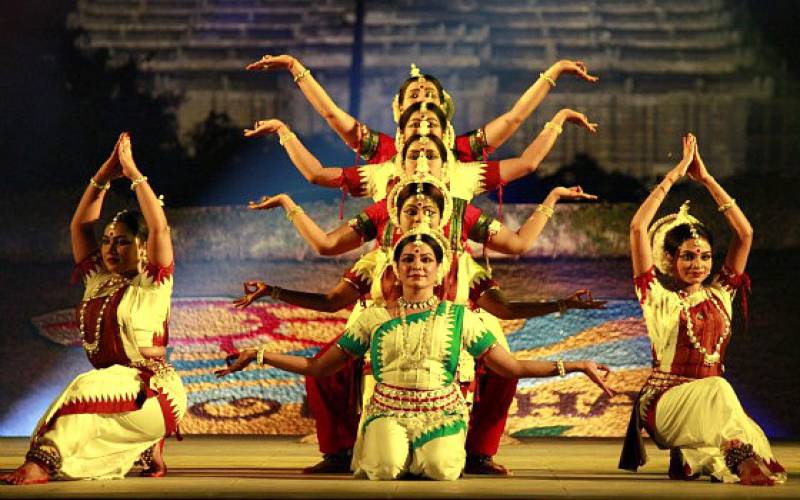
Odissi Classical Dance, History, Dress, Origin, Information, Images
This is the main list of folk dances of the Indian state of Odisha. It is a non-categorized, index list of specific dances. There may also be listed dances which could either be considered a specific dance or a family of related dances, depending on your perspective.
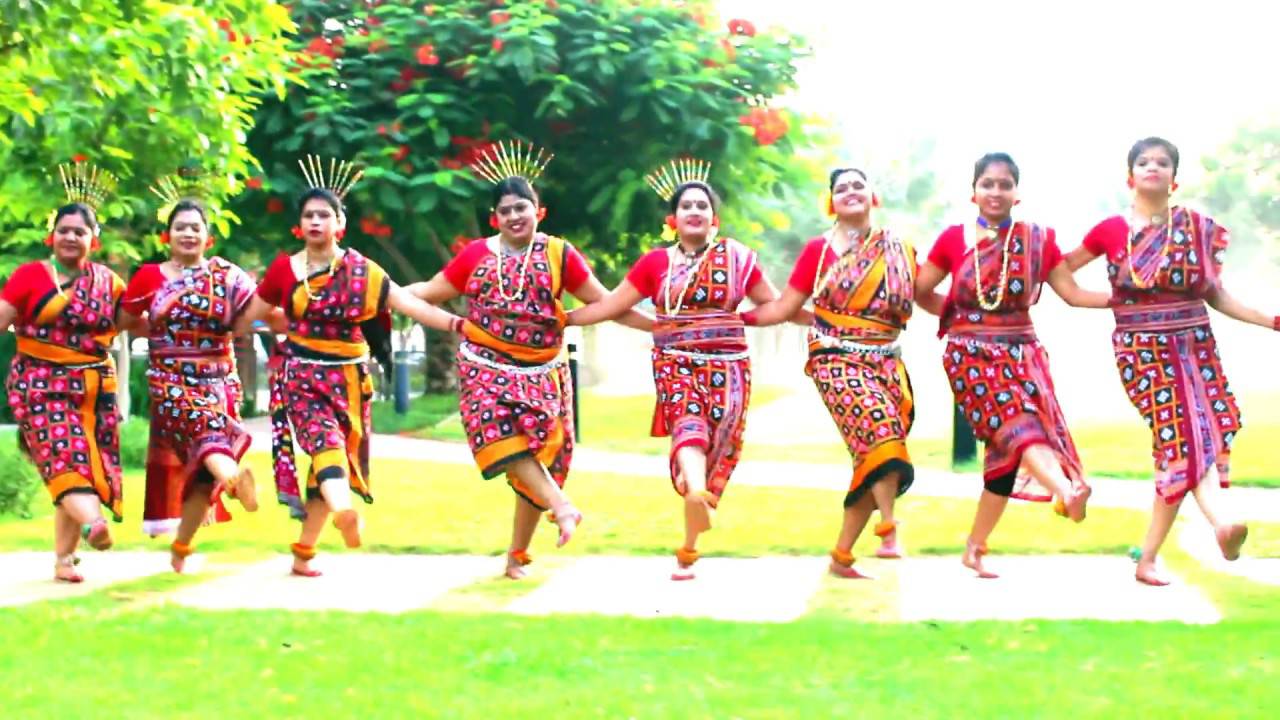
Dalkhai Folk Dance, Steps, History, Dress, Origin, Style, Images
Danda Nacha, also known as the "Stick Dance," is a traditional folk dance hailing from the state of Odisha in eastern India. This captivating dance form is characterized by its unique blend of rhythmic movements, graceful postures, and the prominent use of sticks by the performers. Danda Nacha is a visual spectacle that combines both.
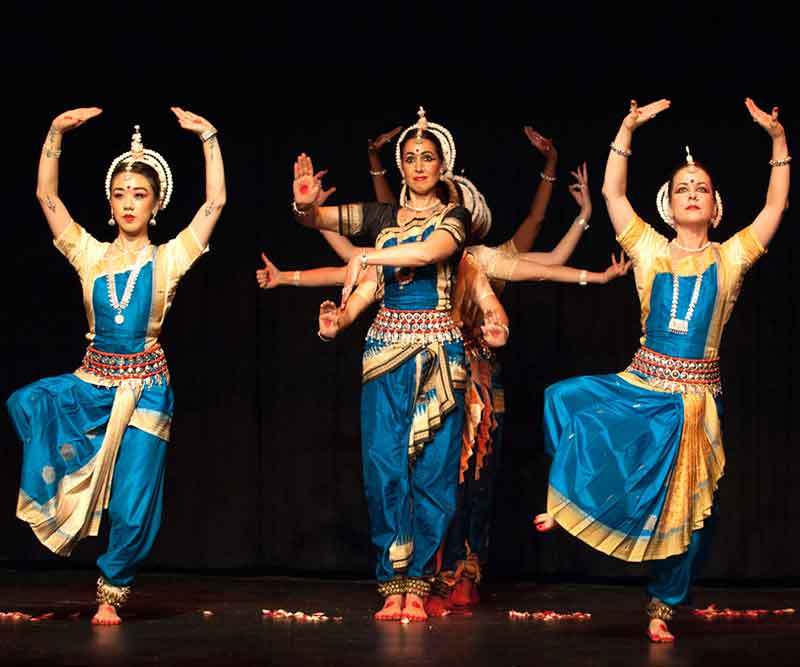
Dances Government Of Odisha
A traditional dance form in Odisha, which is used to enacts the episodes from the Hindu epics of Ramayana and Mahabharata, is Chhau Dance. The indigenous dance forms are integrated with martial arts to form this dance form. Chaiti Ghoda
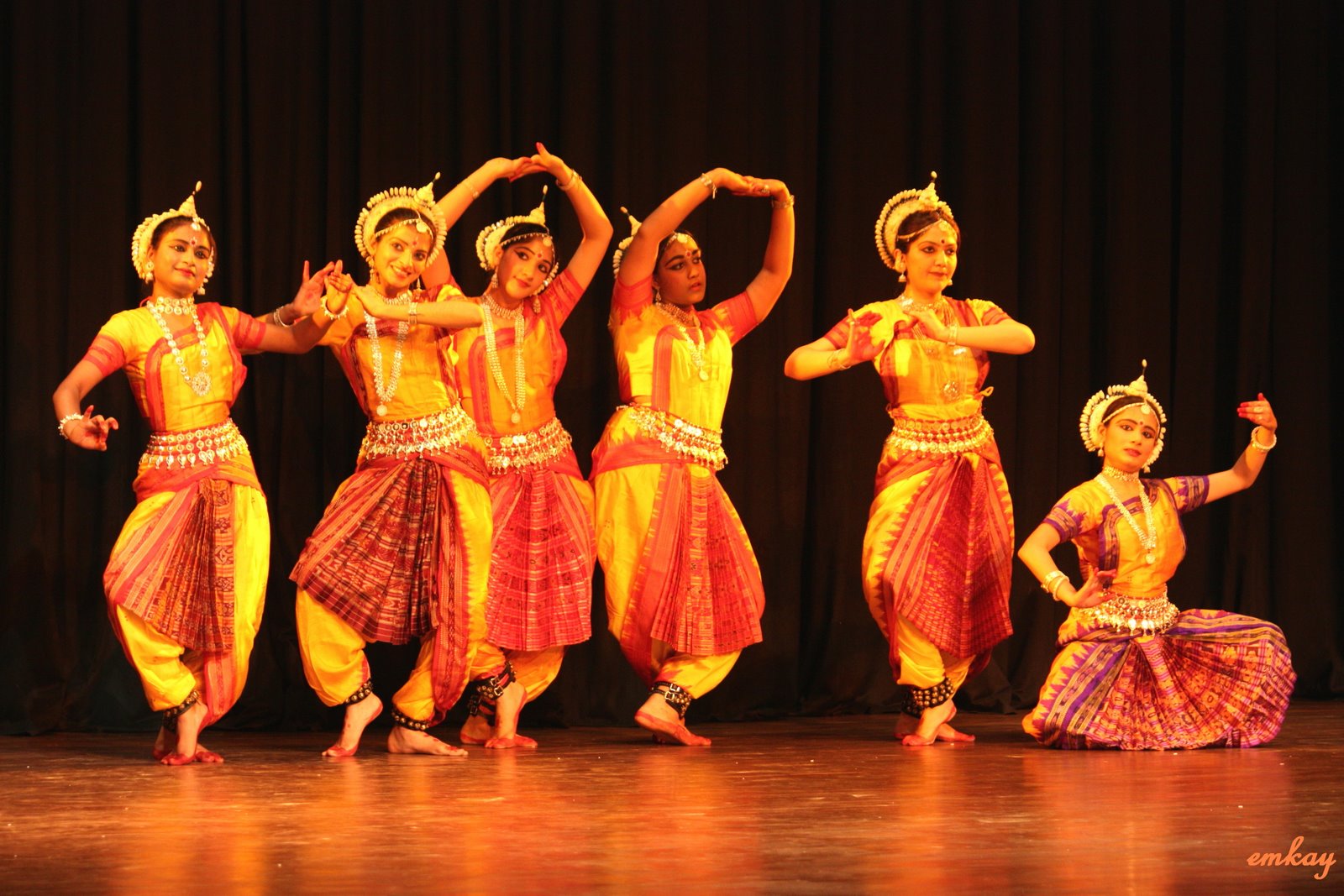
DanceEducation Folk Dance Forms Of Odisha
Chhau Dance : Chhau is an ancient dance form. It originated in the mock fights of the Oriya paikas (warriors) who fought rhythmically to the accompaniment of indigenous music instruments. The highly Stylised Chhau dance of today follow the basic principle of the Natya Shastra of Bharat Muni and the Abhinaya Darpana of Nandikeswara.
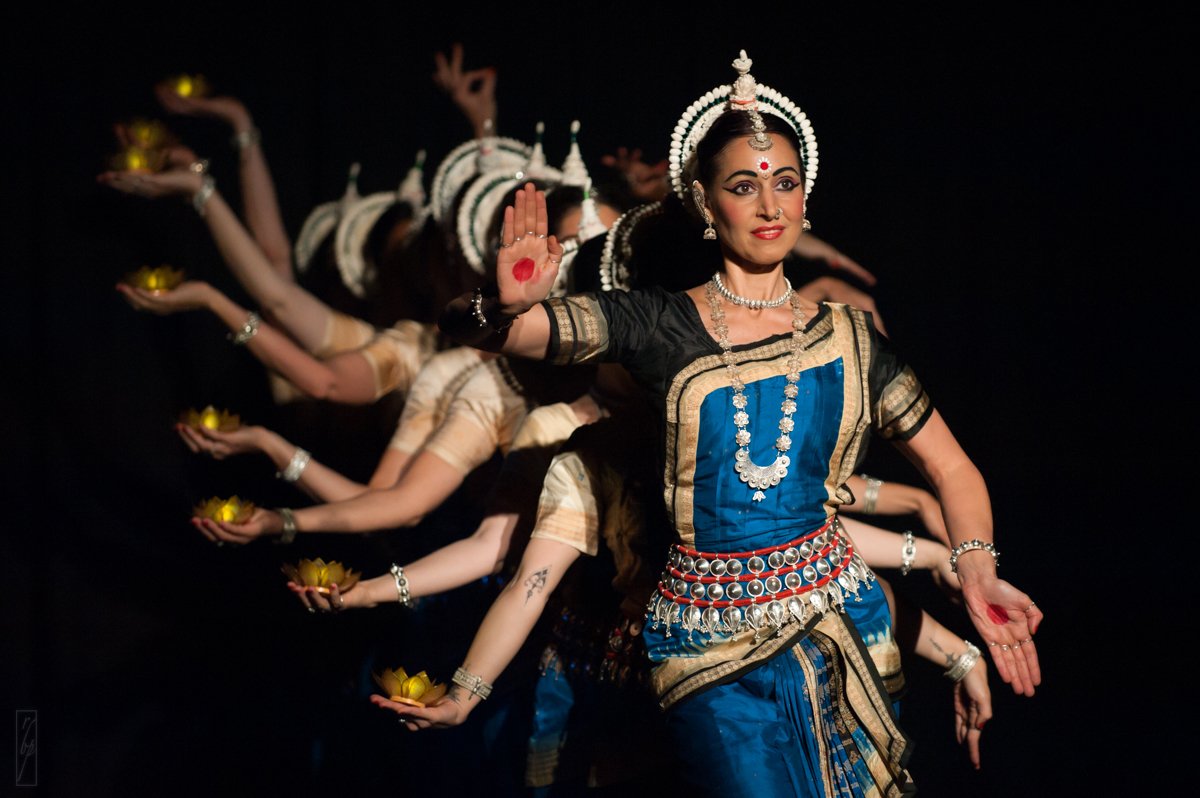
11 Dance Forms from Odisha That Depict the Underrated Richness of Oriya Culture
This dance, which honours Goddess Kali, is performed by men alone and features drums and cymbals.In the Ganjam area of south Odisha, in particular, people celebrate the danda nacha. Kela Keluni. The Kela Keluni are a nomadic ethnic tribe that live off of collecting snakes. The humorous and intriguing Kela-Keluni folk dance is a sight to behold.
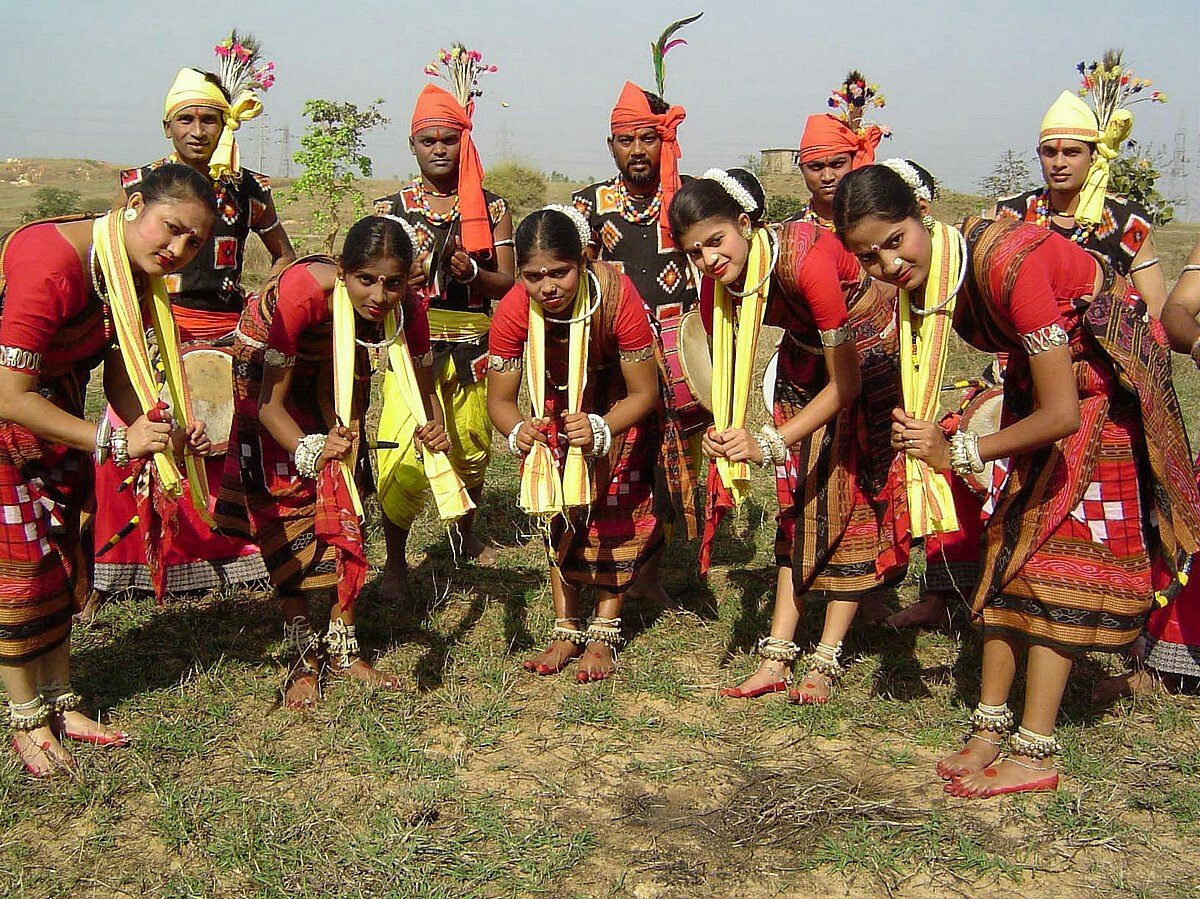
11 Dance Forms from Odisha That Depict the Underrated Richness of Oriya Culture
January 8, 2024. Satpathy says that the motor of her movement is the foot—not its muscles but the way it hits the ground, sending energy up through the body and out through the head, limbs, and.

Sambalpuri Dance Famous Folk Dance Of Odisha Nrityashiksha
Chhau dance is a traditional dance form from the Mayurbhanj district of Odisha, India. It is a masked dance that depicts the movement of a soldier involved in the battlefield. The dancers wear elaborate costumes and masks, and their movements are synchronized and rhythmic.

Odisha Tibal Folk Dancers performing the Jhumar Dance Cultural dance, Dance art, Culture
Chhau Nacha: This is a semi-classical folk dance of Odisha mainly concentrated in the district of Mayurbhanj. The name is thought to be derived from the Sanskrit word 'Chaya' (meaning shadow) or 'Chadma' (meaning disguise) or 'Chauni' (meaning military camp). The dance style narrates stories of ancient glories and other folk tales.
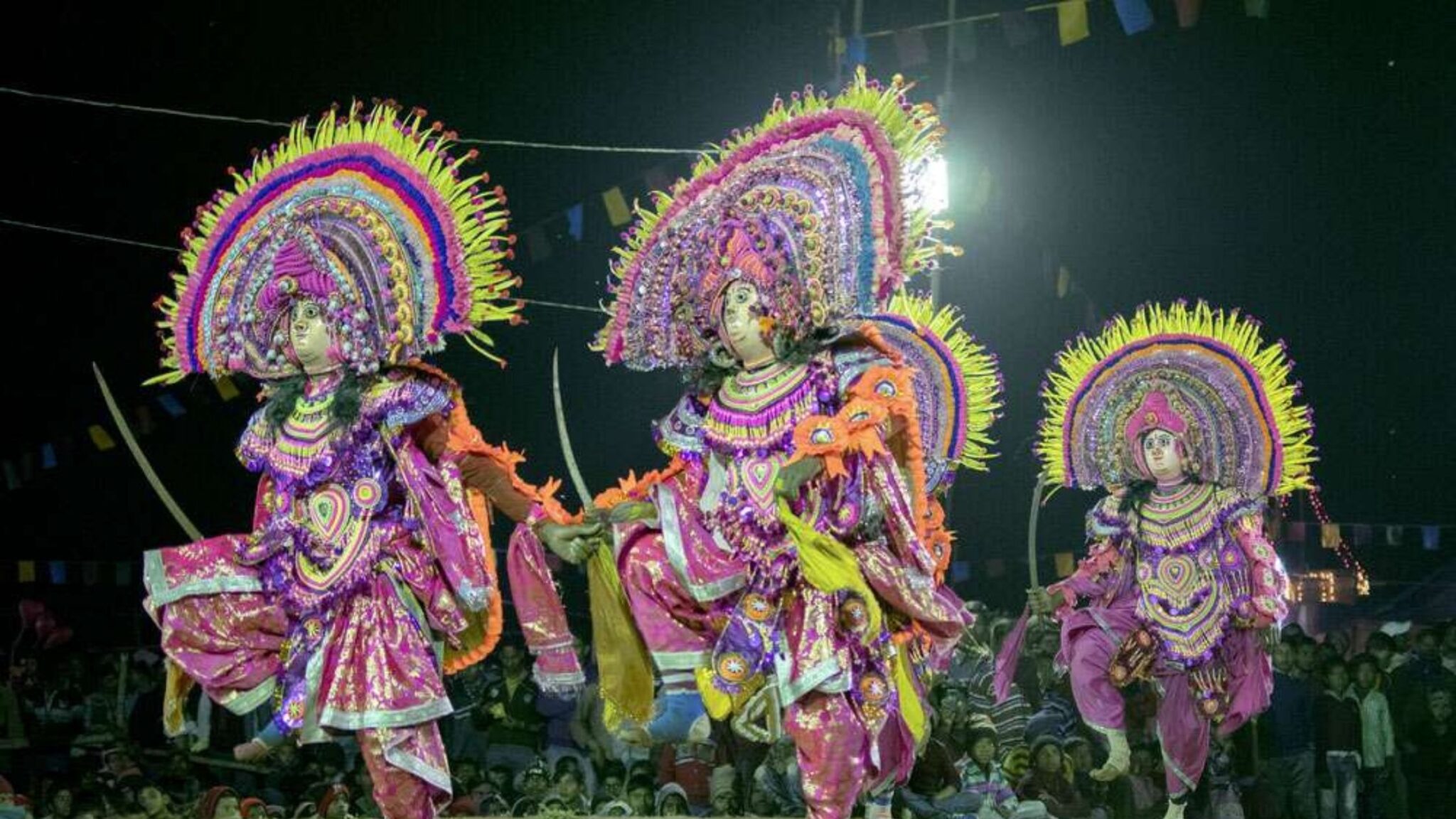
Top 15 famous dance forms of Odisha you must check out eBhubaneswar
Dalkhai: This vigorous dance is performed by tribal women in Sambalpur, Barghar and Sonepur districts in the month of 'Ashwin'. 'Chaiti Ghorha' is the dummy horse version of the dance. Other important folk dances of Orissa include 'Jadur', 'Magha', 'Ranapa Dance' and 'Sambhalpuri'. Folk/tribal Dances of Indian States and Union Territories:
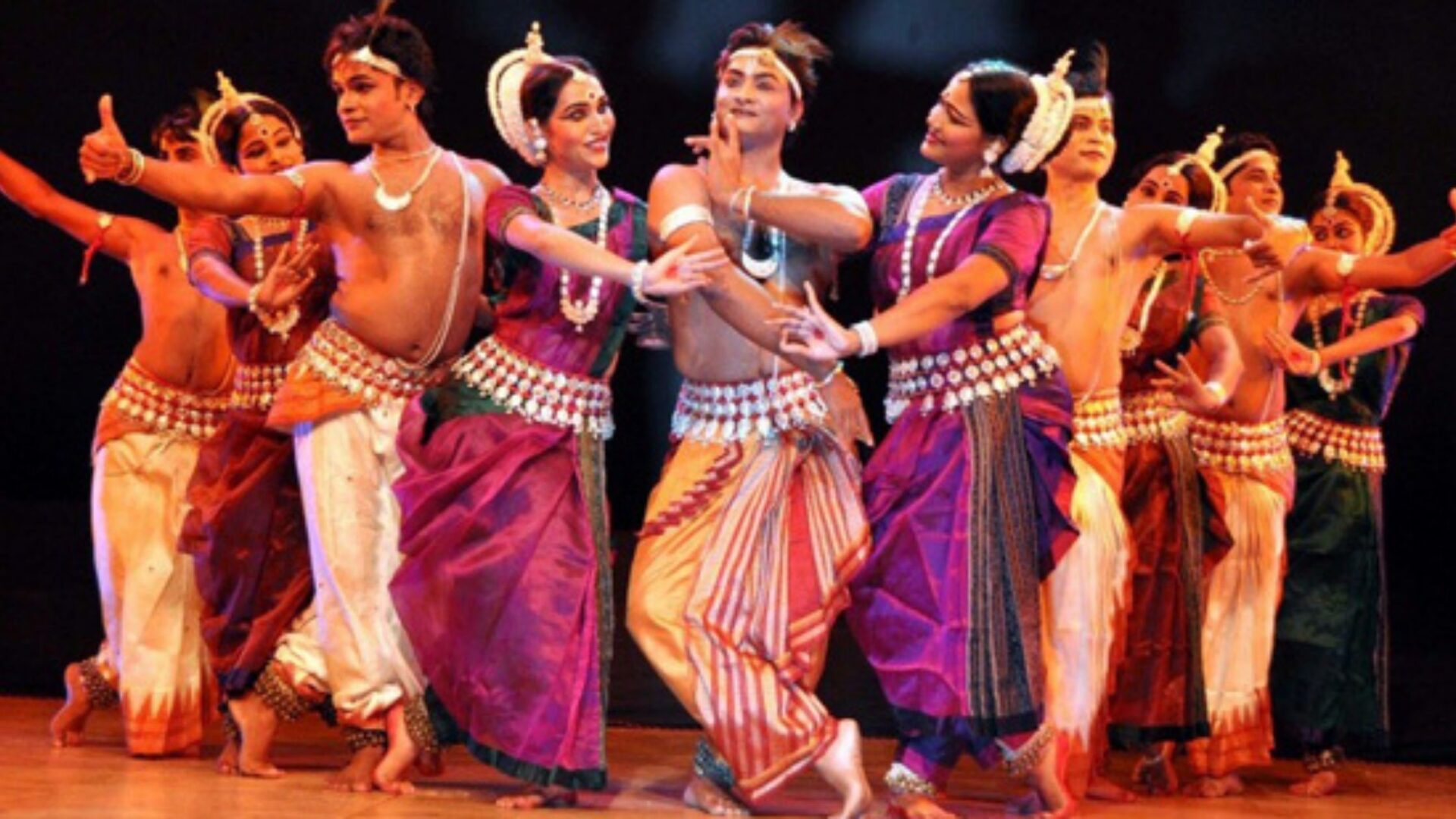
Top 15 famous dance forms of Odisha you must check out eBhubaneswar
Dances representing the monsoon, blooming flowers, or the tranquil landscapes of Odisha are celebrated for their artistic expression and connection to the environment. 5. Social and Cultural Commentaries: In addition to traditional themes, contemporary Odissi choreographers have explored social and cultural issues through the dance form.

Konark Dance Festival of Odisha in India The Cultural Heritage of India
Folk dances are the regional dance forms indigenous to the state of Odisha, Odisha is a state in India's eastern region. It is situated near the Bay of Bengal. This state is well-known for its diverse cultural history, particularly its tribal culture and ancient Hindu temples and landscapes.

Most Popular Odisha Traditional Music and Dance Festivals you Must Know
Odissi, often spelled Orissi, is a traditional Indian dance form that evolved in the Hindu temples of Odisha's eastern coast. Moreover, the ancient Sanskrit Hindu text ' Natya Shastra,' which deals with the performing arts, has its theoretical foundations.In Odisha, one can find Hindu temples and other historical sites related to Hinduism, Jainism, and Buddhism.
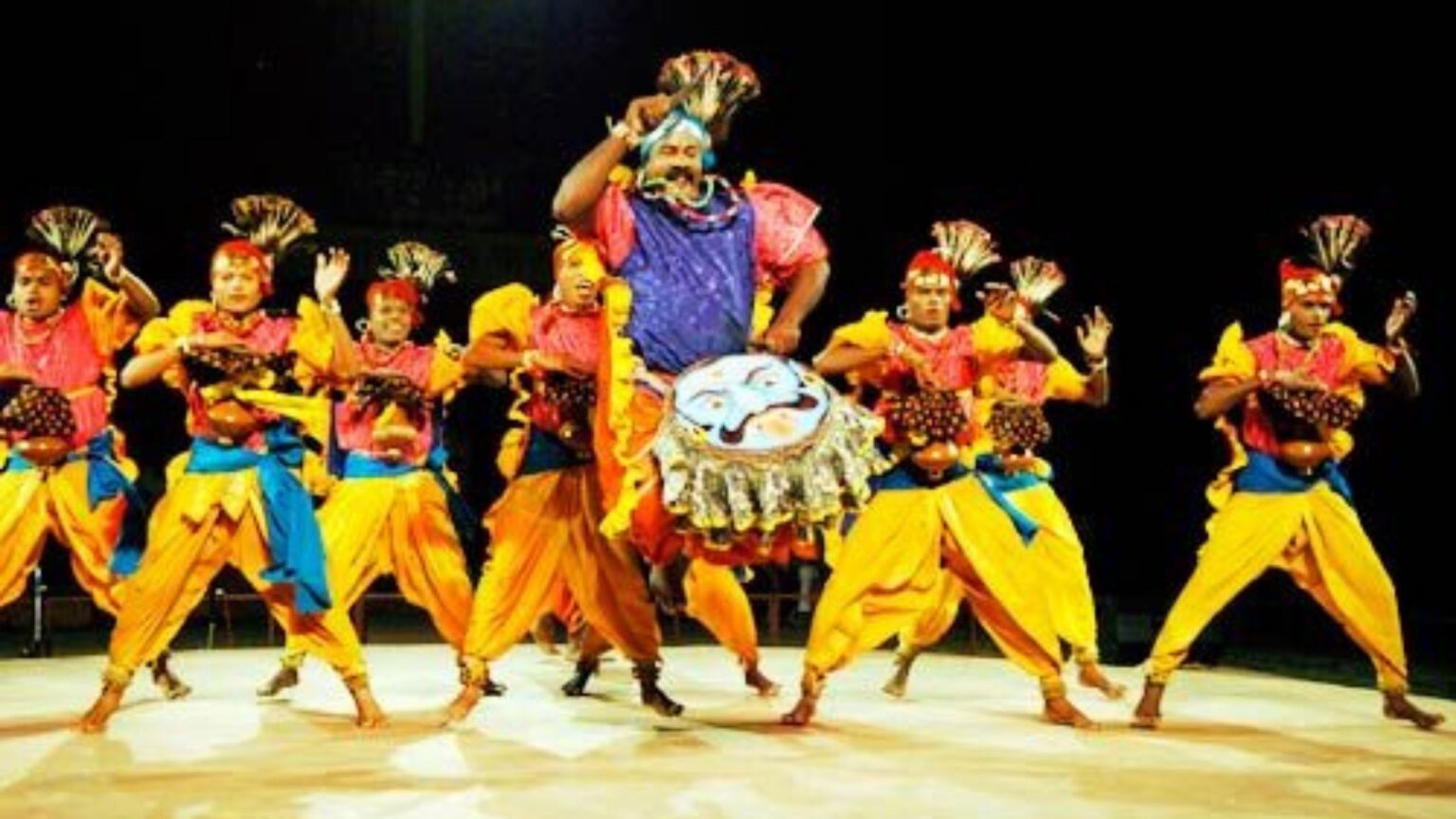
Top 15 famous dance forms of Odisha you must check out eBhubaneswar
Ghumura Dance (or Ghumra Dance) is one of the most sought and leading folk dance form in Odisha. It is classified as folk dance as the dress code of Ghumura resembles more like a tribal dance, but recent researchers argue different mudra and dance form present in Ghumura bear more resemblance with other classical dance form of India.